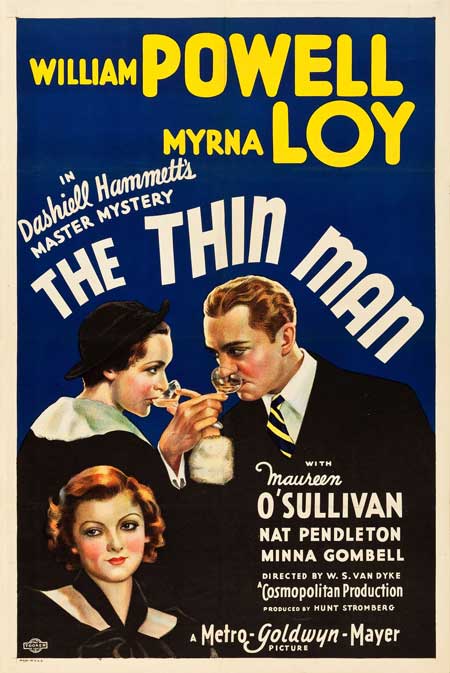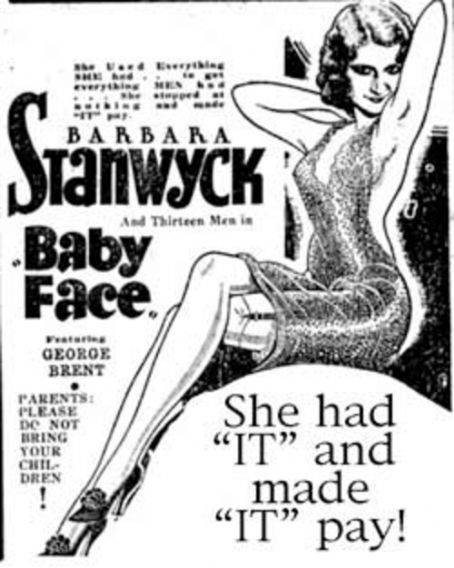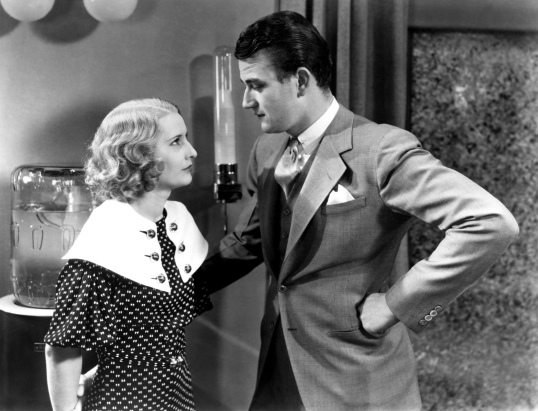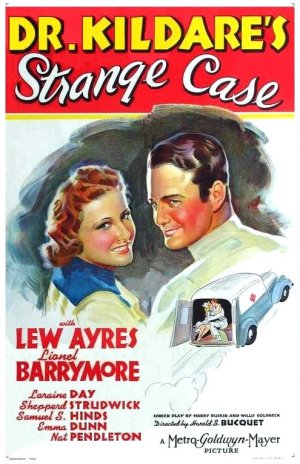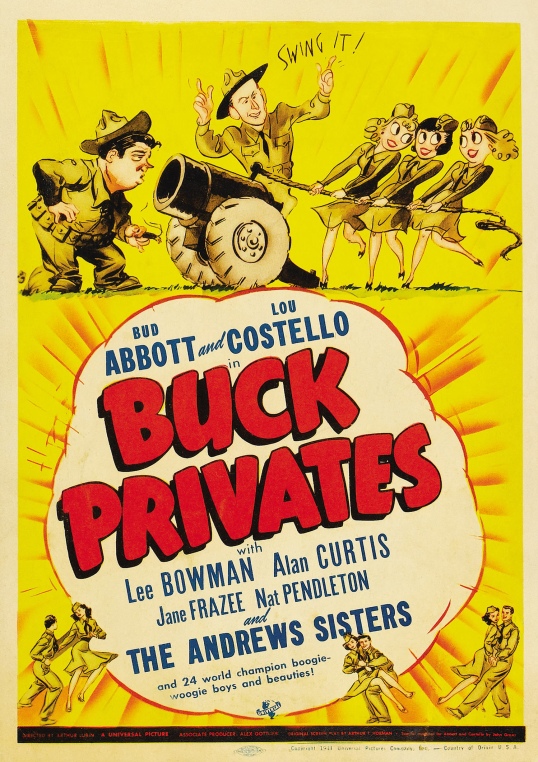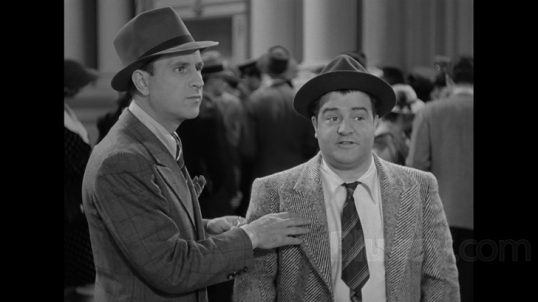 Having just gotten out of the army after serving in World War I, Bouncer (Nat Pendleton) and his friend, “Hell-Fire” Austin (Ken Maynard), head out to find their fortune in the west. Austin claims that he’s an old west legend but, despite his claims, he still can’t get away with not paying his bill at a local café. Austin and Bouncer are arrested and sentenced to work on a chain gang.
Having just gotten out of the army after serving in World War I, Bouncer (Nat Pendleton) and his friend, “Hell-Fire” Austin (Ken Maynard), head out to find their fortune in the west. Austin claims that he’s an old west legend but, despite his claims, he still can’t get away with not paying his bill at a local café. Austin and Bouncer are arrested and sentenced to work on a chain gang.
Times are tough but they start to look up when businessman Mark Edmonds (Alan Roscoe) arranges for them to be set free, on the condition that they train his horse and then ride it to victory in an upcoming race. Edmonds wants the ranch that’s owned by Judy Brooks (Ivy Merton) and, in order to get it, he has to make sure that her horse, Tarzan, doesn’t win the race and the prize money that comes with it. The only problem with the plan is that Austin likes Tarzan and he’s a little partial to Judy as well.
Hell-Fire Austin is an amusing film. Like many of the early western stars, Ken Maynard was a former rodeo star who turned to the movies and he looked authentic jumping on and riding a horse. In Hell-Fire Austin, he and Nat Pendleton are a good comedy team, playing off of each other as only two friends who have been through both war and prison could. The comedy comes less from what they say and more from their attitude towards each other. They’re stuck with each other, no matter how much they might wish differently. Hell-Fire Austin is an extremely simple movie but fans of the genre should enjoy it. It’s post-World War I setting adds an extra element of meaning to the story, with Austin and Bouncer standing in for all the soldiers who, having seen terrible fighting in Europe, were now back in America and wondering what to do with their rest of their lives. Austin and Bouncer had west, hoping to find a life like the one they’ve seen in the movies. They find it but, of course, they have to go to prison first.
Ken Maynard was an actor who probably could have been nicknamed “Hell Fire” himself. He was a big star in the early days of Hollywood but his reputation for drinking too much and being egotistical and temperamental sabotaged his career and he ended up back where he began, doing rodeo tricks for Ringling Bros. He spent his last years living in a trailer, nearly forgotten and selling “memorabilia” that later turned out to be fake, a sad ending for an authentic cowboy.





